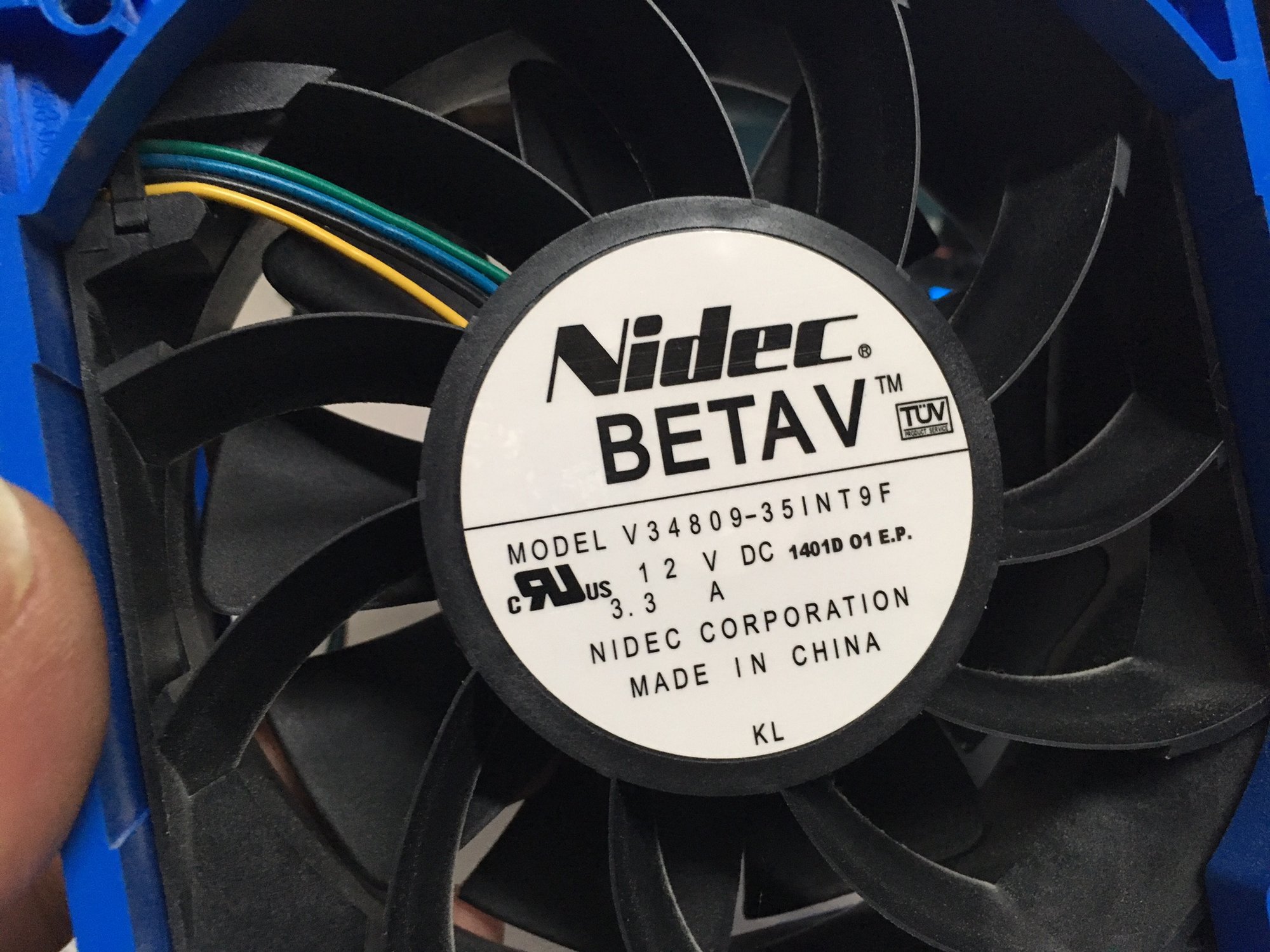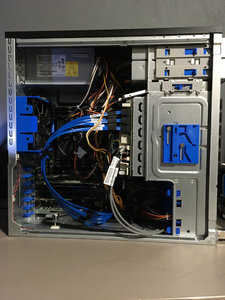oblongpolygon
Weaksauce
- Joined
- Sep 4, 2017
- Messages
- 119
Imagine you have two Noctua PWM NF-A9x14 fans in your case, but both are being driven by the one fan header on the mobo, because a forked or splitting "Y-cable" has been used.
(That is, the Y-cable splits or forks one connection into two, allowing two fans to be connected.)
Would this arrangement mean that the fans are underpowered?
Or, if not exactly "underpowered", are there any other disadvantages to using a forked Y-cable?
Again, talking about two PWM fans, here.
(I guess I only ask because I'm unsure if I actually have two fan headers on this ROG Z370-i mobo, but I'd like to know the above "out of interest" anyway.)
(That is, the Y-cable splits or forks one connection into two, allowing two fans to be connected.)
Would this arrangement mean that the fans are underpowered?
Or, if not exactly "underpowered", are there any other disadvantages to using a forked Y-cable?
Again, talking about two PWM fans, here.
(I guess I only ask because I'm unsure if I actually have two fan headers on this ROG Z370-i mobo, but I'd like to know the above "out of interest" anyway.)
Last edited:
![[H]ard|Forum](/styles/hardforum/xenforo/logo_dark.png)

